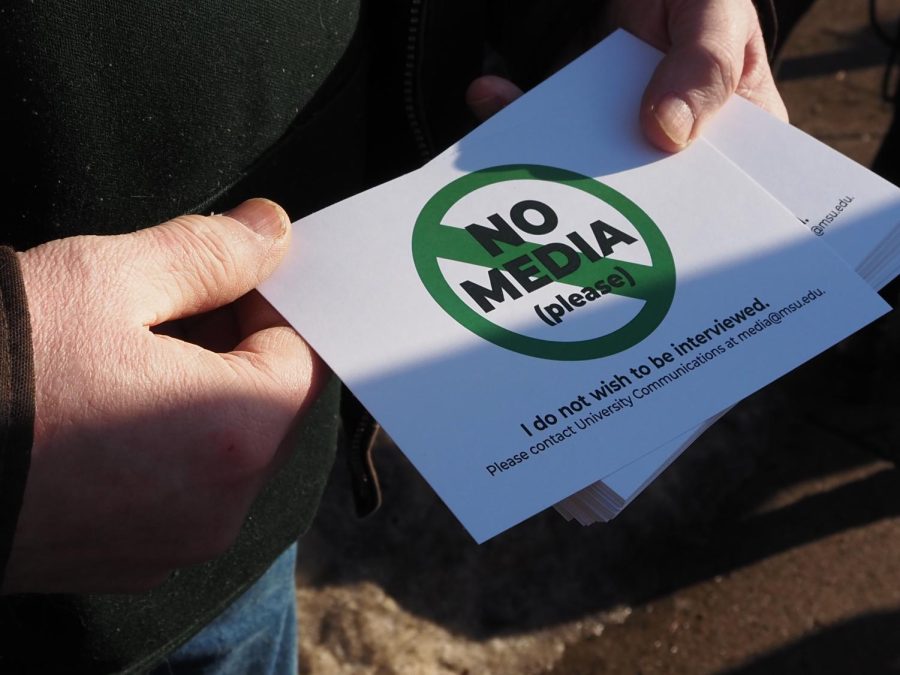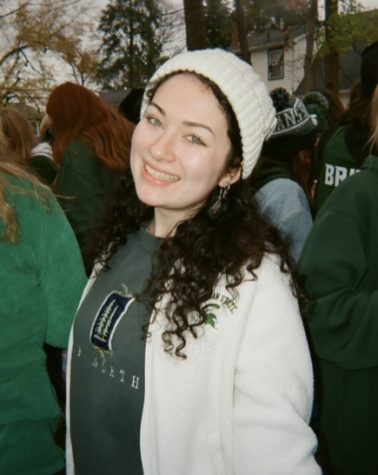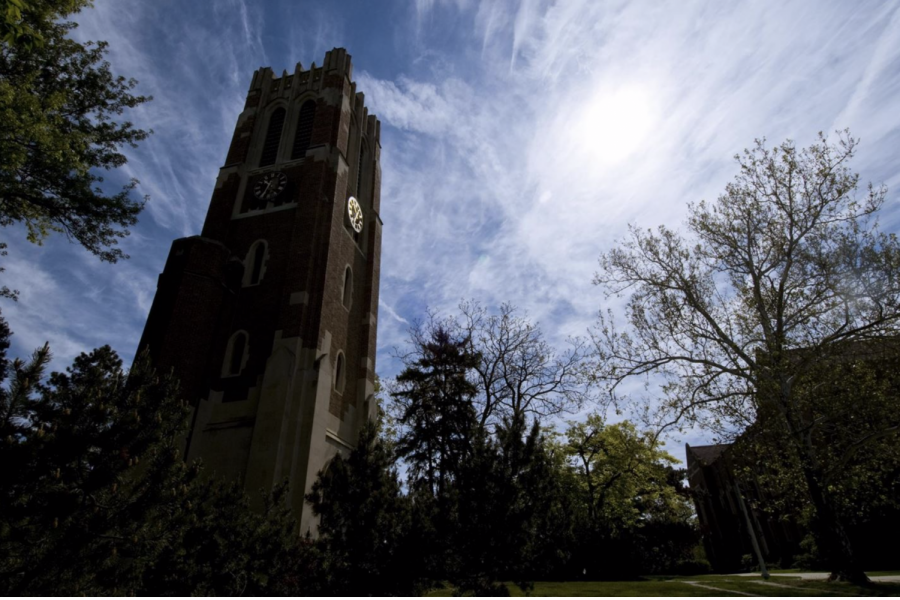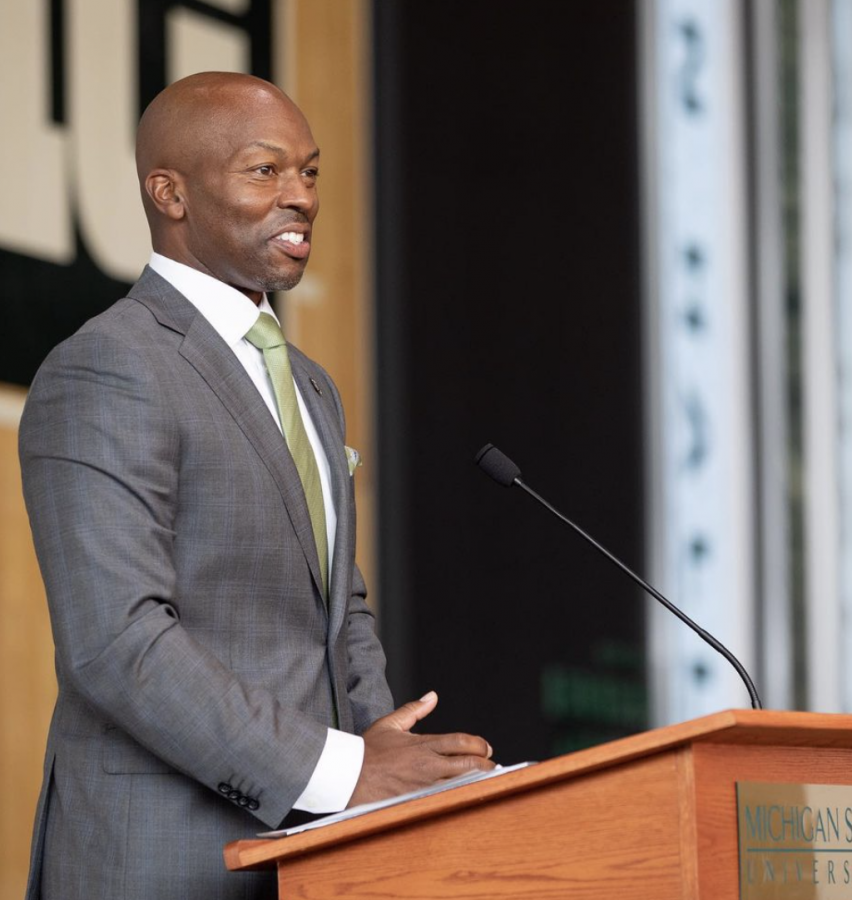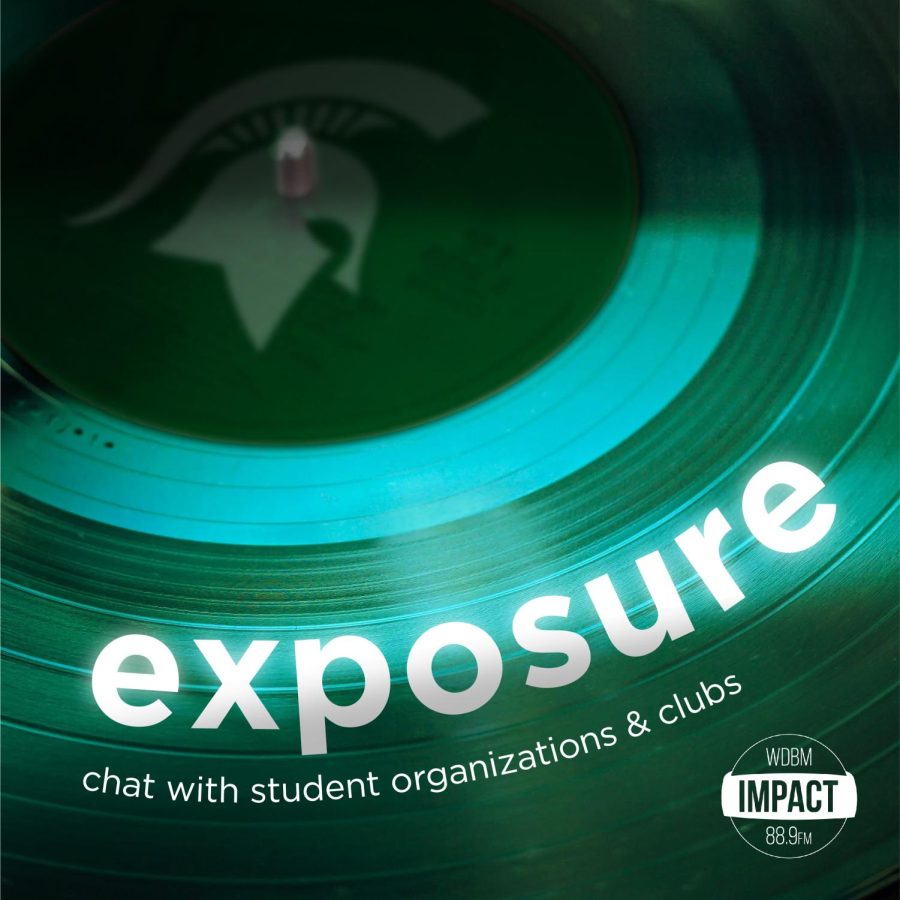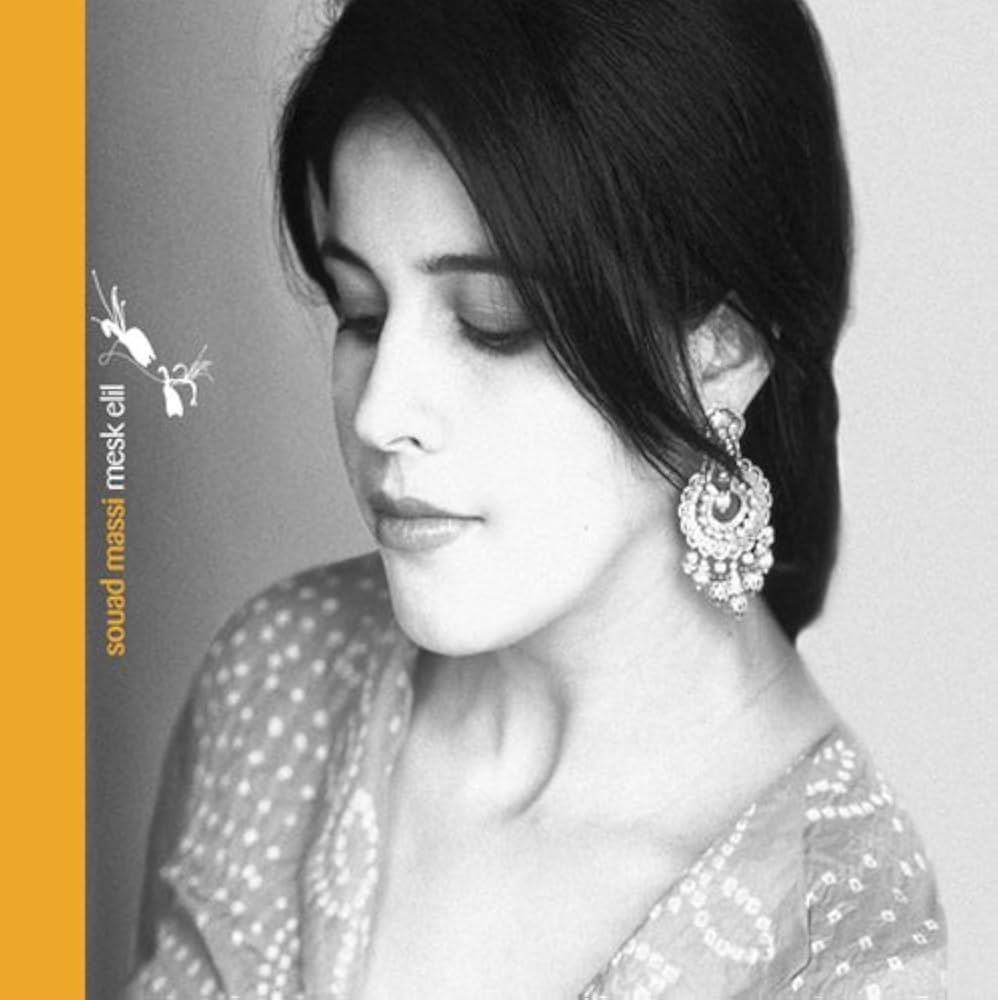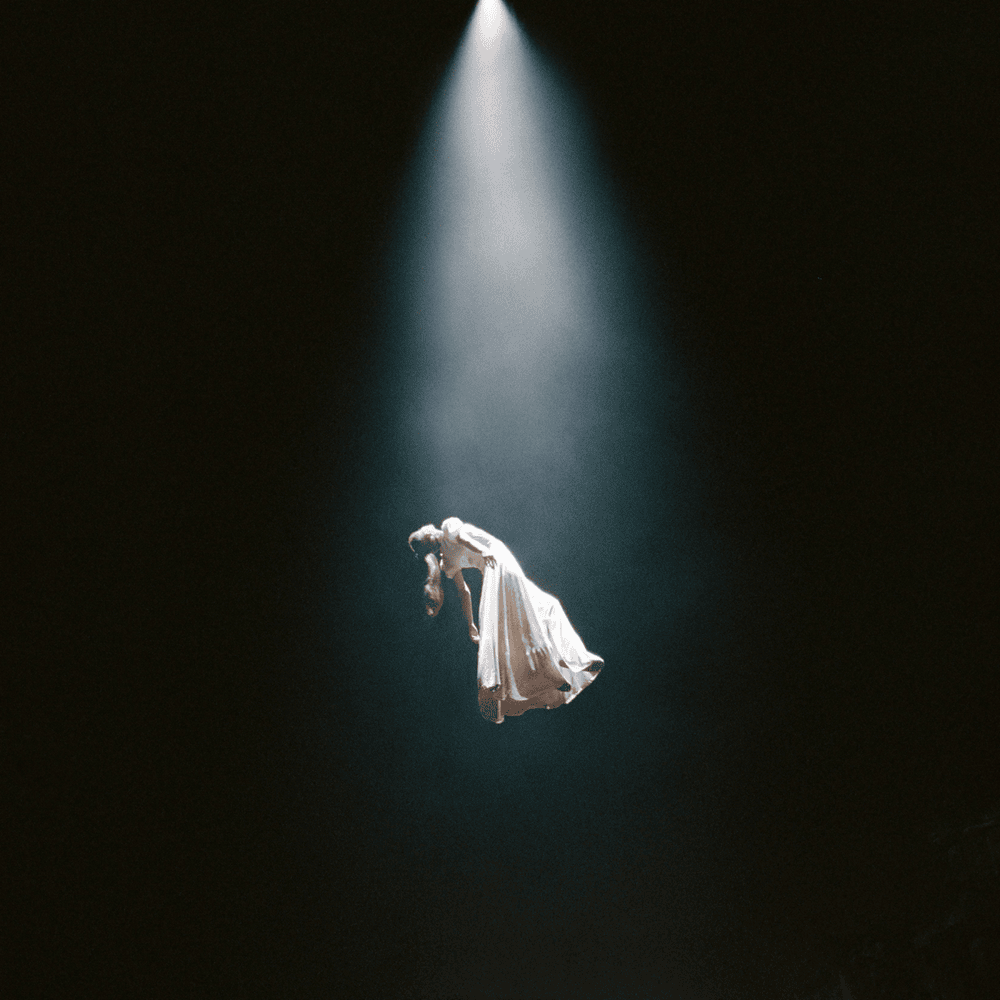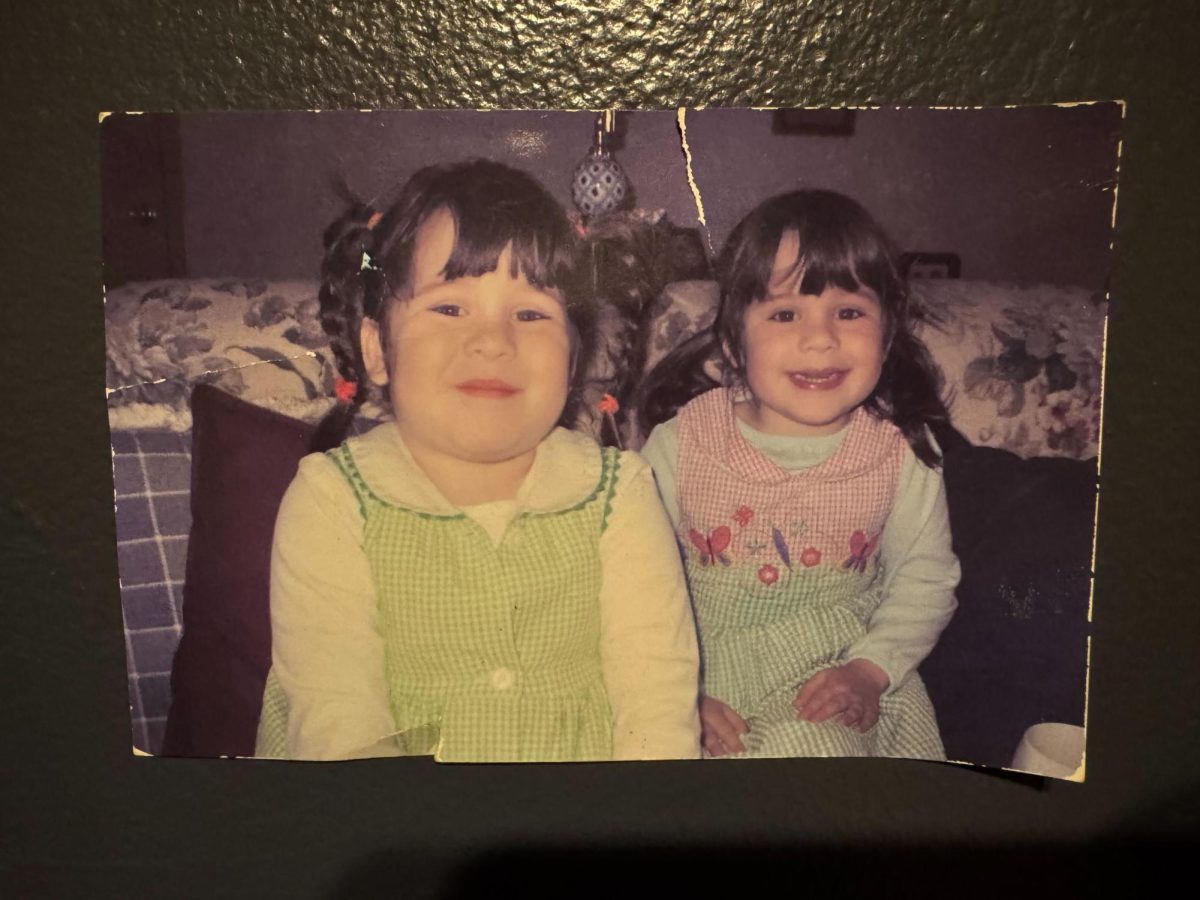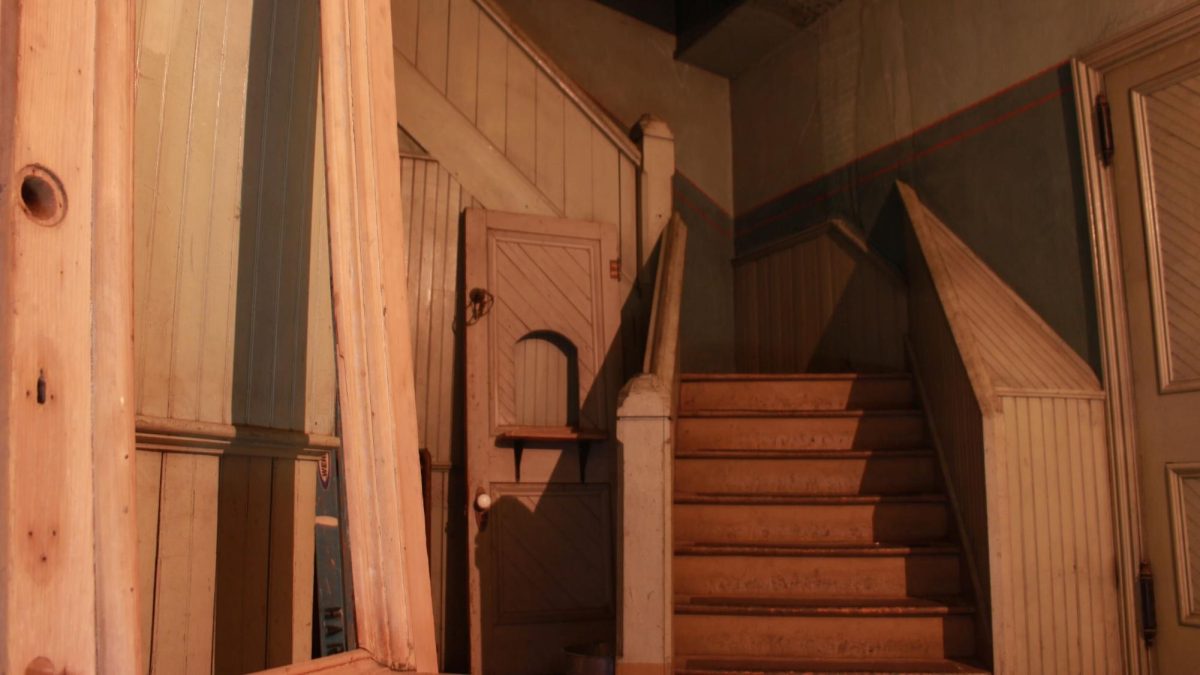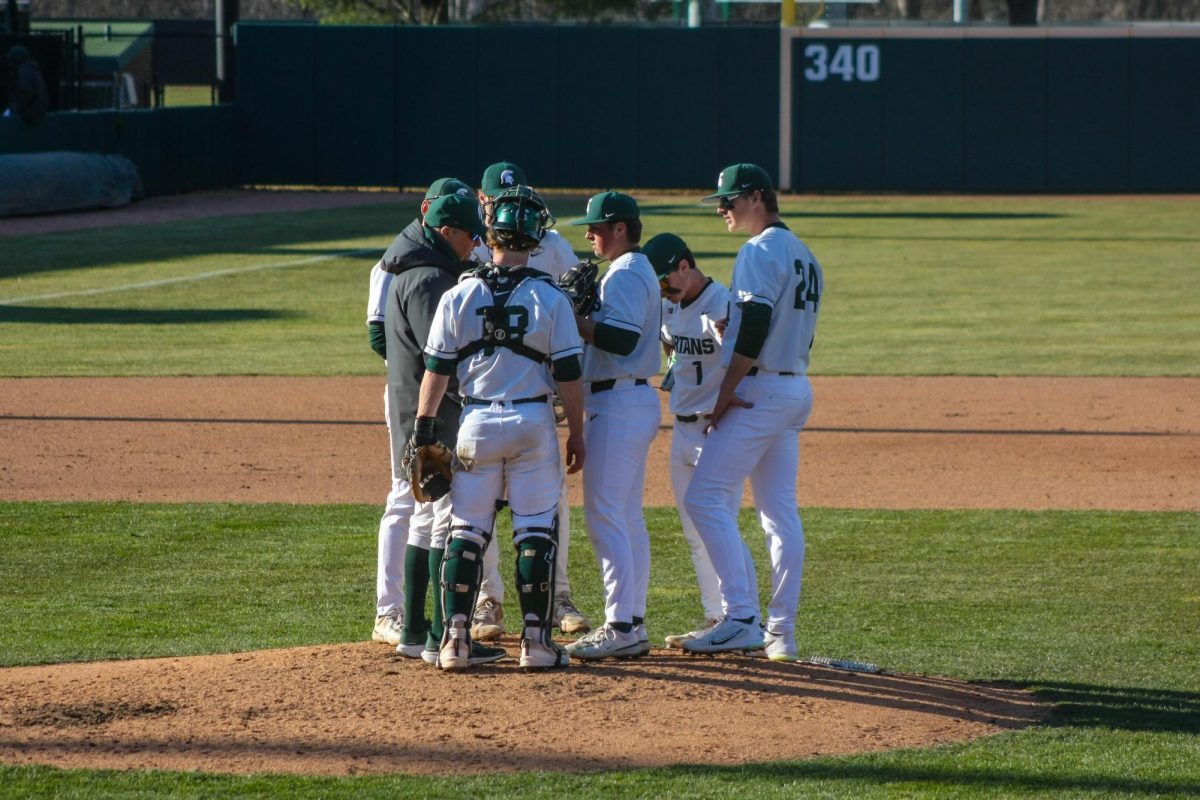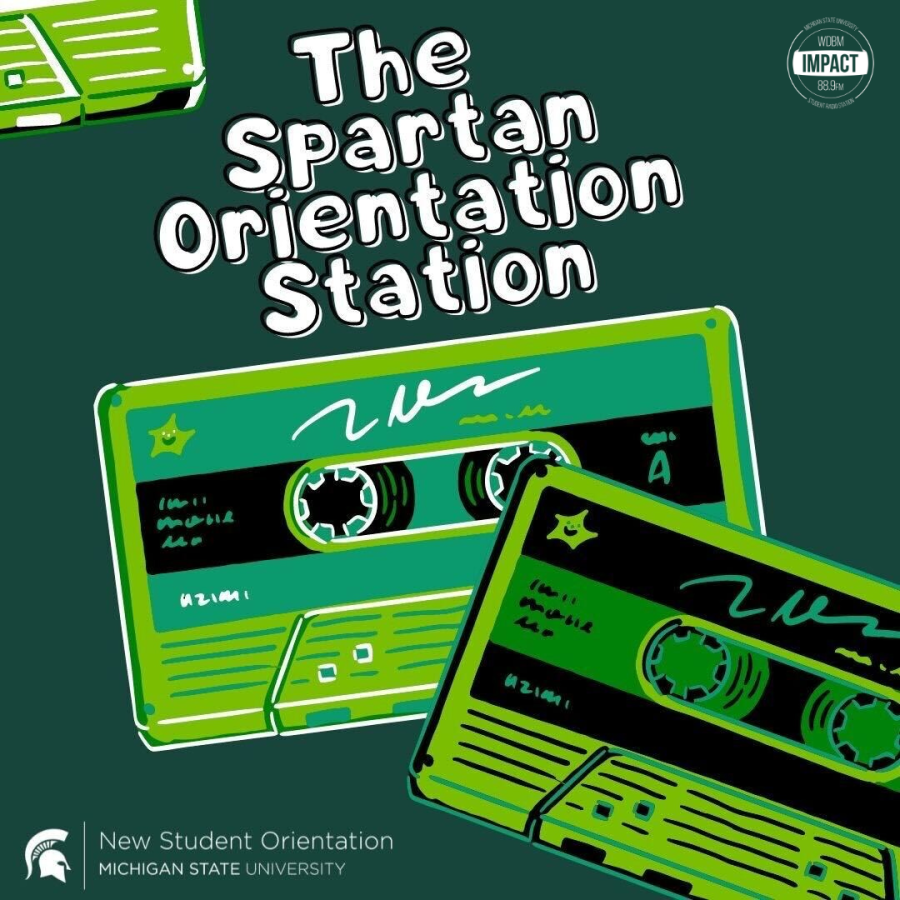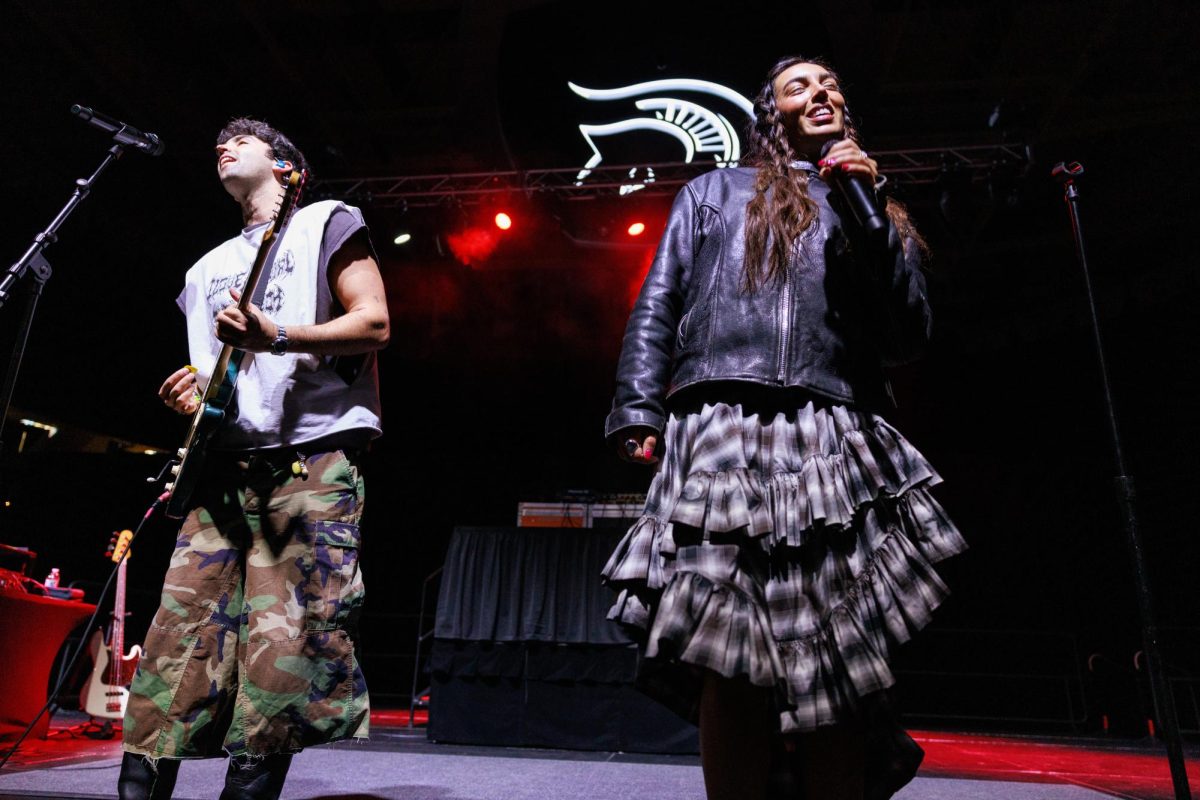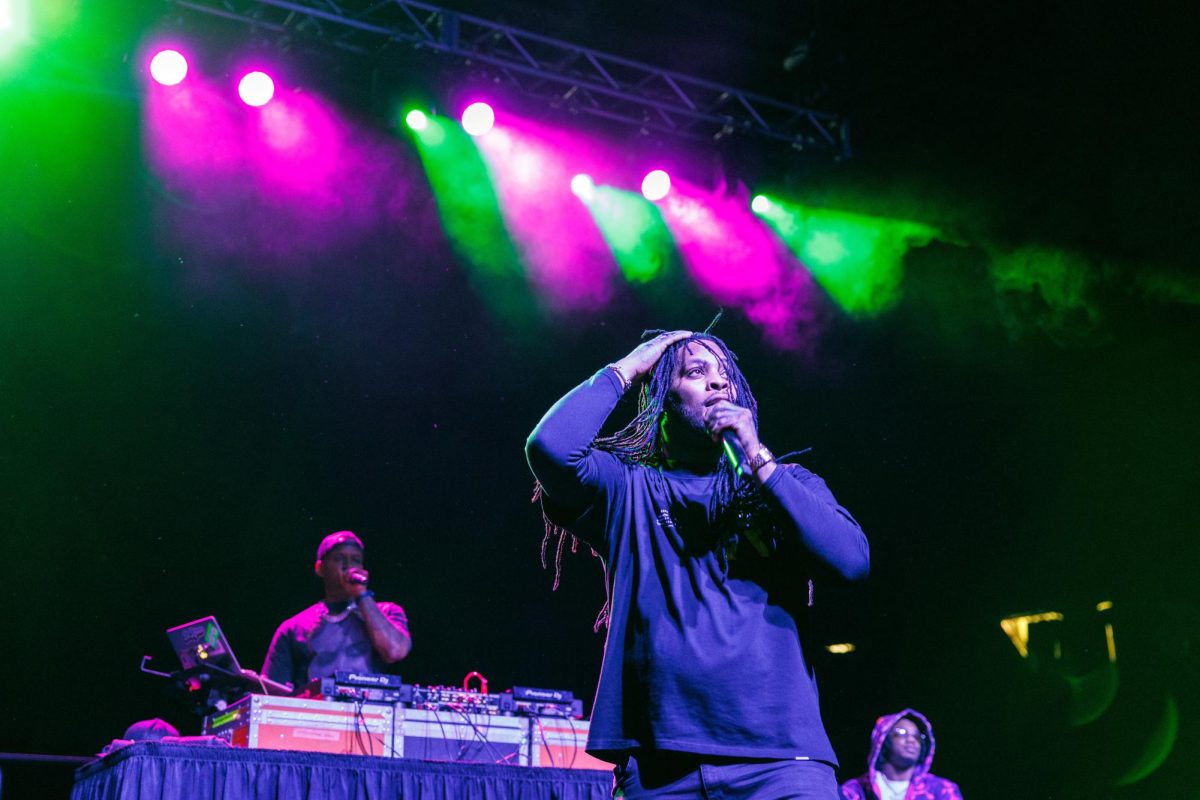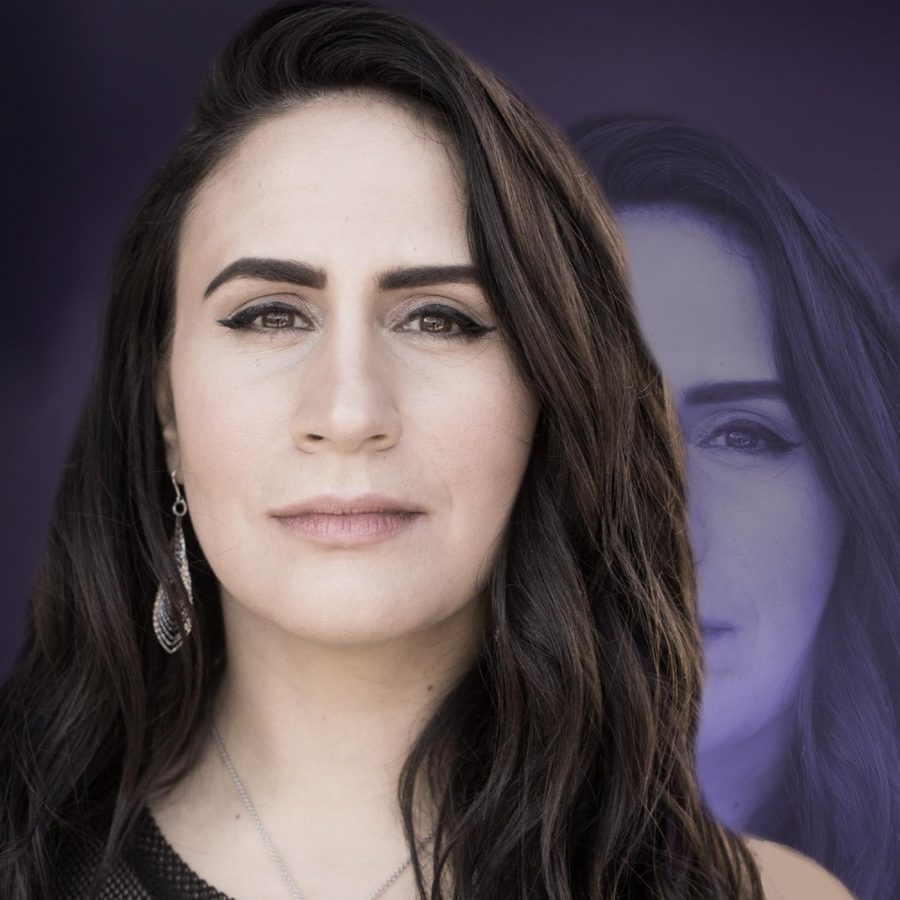Michigan State University students angered at reporting practices of major news outlets following the Feb. 13 tragedy
MSU provided students a way to tell reporters they are not open to interviews
March 4, 2023
The aftermath of the Feb. 13 tragedy at Michigan State University has been characterized by news vans roaming the campus looking for new angles to the same horrific story. As Spartans pick up broken pieces of themselves and begin healing, many feel the media’s coverage of the event is reopening wounds.
One major news outlet that sparked controversy was The New York Times, which received backlash for its live and post-shooting reporting. One article posted on Feb. 14 — titled “The mass shooting places Michigan State back in an uncomfortable national spotlight” — angered students because it includes a reference to the Larry Nassar sex abuse scandal.
It appears to be the general consensus among MSU students that referring to perhaps the darkest moment in the school’s history was unnecessary and inappropriate in such a fresh grieving period. A few reached out to the author of the article, Tiffany May, requesting apologies or removal of the article entirely.
MSU student Jillian Plant emailed the author expressing her anger. Plant asked for a response from either May or The New York Times, but received no response.
“It seemed just very lazy,” said Plant. “It seemed like the author just looked at two things she knew about MSU, which is that there’s been a shooting and that Larry Nassar worked there. It was really just a very cheap grab.”
“These two events were not related at all, obviously. To correlate them almost, in my opinion, implies that the university knew about the shooting, which obviously they didn’t, because they knew about Nassar and they suppressed evidence,” said Plant. “To correlate something the university could have prevented to the shooting — I think it just draws a really bad connection. It’s almost defamatory.”
However, not all media coverage of the tragedy has been ill-received. MSU students do have an idea of what kind of reporting they would like to see during this time.
Plant said, “There’s been some excellent community building that’s happened in Lansing and East Lansing as a result of the tragedy. I think that would be interesting to focus on.”
“I saw a good article from The Atlantic just talking about MSU as a whole and the author’s experience there,” said Plant. “It was almost overly praising of the school but I didn’t mind it because I’d rather have exaggeration of the school’s positive traits.”
MSU student journalist Wali Khan spoke about his own experiences reporting on the shooting and its aftermath.
Khan said, “I think all of this trauma reporting — it took a toll on me.”
Khan has attended and reported on several events following the shooting. These events can be emotionally charged for both grieving students and reporters. Khan is both an MSU student and a reporter, placing him in a unique position that can be emotionally taxing.
Khan said he recently attended a press conference, which he was tasked with filming.
“I remember my hands didn’t stop shaking until the next day,” said Khan. “I remember the video was shaky because my hands were just trembling.”
Khan said his experience as both an MSU student and a reporter was different from reporters from visiting media outlets.
“I think a lot of reporters, because they had that cognitive distance, it was like they knew they were covering a tragedy, but they weren’t exactly covering it like a tragedy,” said Khan.
Khan emphasized the need for empathy toward sources when covering traumatic events. He said he often presents sources with the option to contact him first.
“For someone’s autonomy to be ripped away by gun violence — the last thing you want to do is take more of it away,” Khan said. “They are a person first and a source second.”
Listen to this full interview to hear more of Khan’s experiences covering the tragedy, as well as his thoughts on the nature of trauma-reporting.



